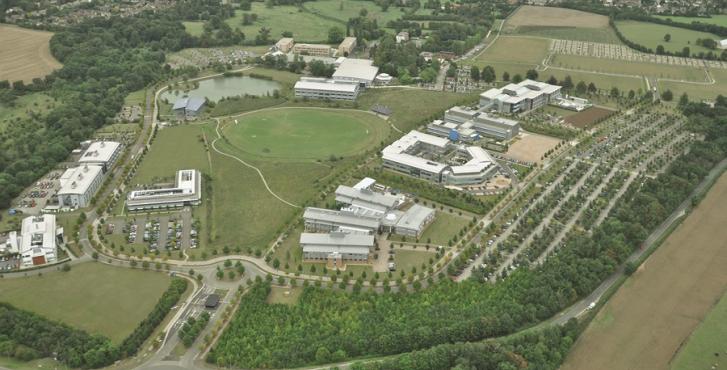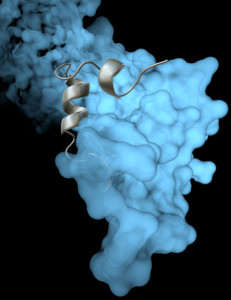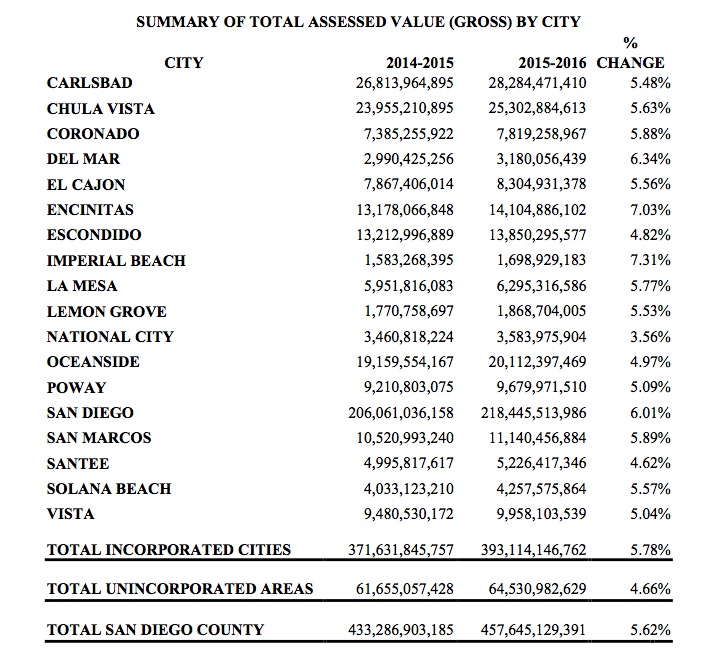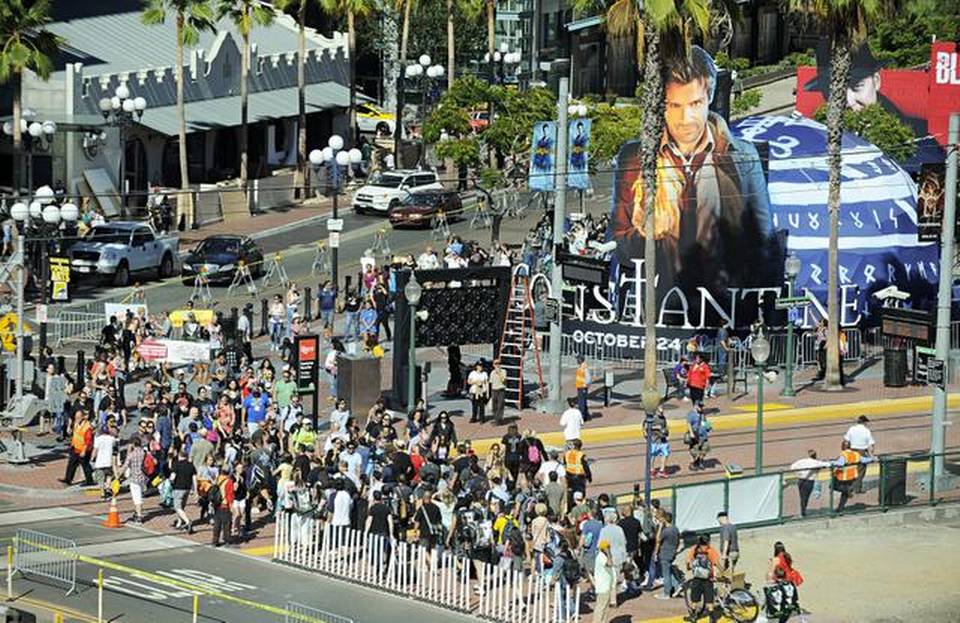Daily Business Report-June 25, 2015
Fans cross the street outside the San Diego Convention center on preview night at the 2014 Comic-Con
Comic-Con Expected to Sign 2-Year
Extension to Stay in San Diego
Comic-Con International is close to signing a two-year extension to stay in San Diego, despite a delay in a planned expansion of the San Diego Convention Center, it was reported Wednesday.
Comic-Con is the largest annual trade show in the city, attracting scores of international visitors. Other cities with more convention space have been trying to lure the convention, which had been slated to stay in San Diego through next year.
The extension would keep Comic-Con in town until 2018, according to the San Diego Union-Tribune, which cited hoteliers.
Comic-Con officials did not respond to a message seeking comment on the status of talks with the city. The new deal is set to be inked sometime before this year’s event, which is scheduled to begin July 8 with its annual Preview Night.
City officials have been working on an expansion of the convention center for a few years now, but the start of construction has been delayed by litigation over the funding source — a surcharge on room rates — which was ruled invalid in court.
— City News Service

Illumina Signs Lease for New
European Headquarters in Cambridge
BioMed Realty Trust today announced that San Diego-based Illumina has signed a 20-year lease for a new research building and European headquarters in Cambridge, England.
“This new state-of-the-art European Headquarters will provide enhanced collaboration opportunities for our growing employee base, which is so foundational to Illumina’s innovation and success,” Illumina CFO Marc Stapley said in a statement.
The building will be housed in Granta Park, a scientific research center eight miles away from Cambridge University that is owned, managed, and operated by BioMed Realty Trust. The real estate firm said in a statement that it acquired the land for the Illumina building from the Welding Institute under a long-term ground lease.
Illumina will have the ability to expand the 155,000-square-foot building by 70,000 square feet, BioMed Realty Trust said.
According to a document filed by Illumina with the U.S. Securities and Exchange Commission, the aggregate rent during the initial term of the lease is expected to be approximately $148.1 million.
In January, Illumina signed a 15-year lease with BioMed Realty Trust for a 360,000-square-foot campus in Foster City, Calif.
Sales Tax Option On Table
To Pay for Capital Projects
The City Council’s Infrastructure Committee voted unanimously Wednesday to accept a report that includes a sales tax increase as an option to raise money to pay for capital projects in San Diego.
City staffers estimate that San Diego has $3.87 billion in infrastructure needs, from fixing pothole-riddled roadways to building new fire stations. However, only $2.16 billion in funding is available.
The report from the city’s Independent Budget Analyst’s Office, scheduled to go before the council’s Infrastructure Committee, says that three viable options for covering the $1.7 billion gap are raising sales taxes, taking out general obligation bonds and eliminating a law that requires free curbside trash pickup for residents.
“(The report) is a starting point for discussion on the way that things could be structured, and the different options for the city,” said committee Chairman Mark Kersey.
He said the funding strategies would come back before the committee later in the year.
A quarter-cent increase in the sales tax would raise about $68 million annually, which could be leveraged to take out a $500 million, 15-year bond that would be paid back with the resulting revenue, according to the IBA. The report said that would still leave $26 million a year with which to cash-fund projects.
The city’s sales tax rate would go from the current 8 percent, tied for the lowest in the region, to 8.25 percent.
Matt Awbrey, a spokesman for Mayor Kevin Faulconer, said the mayor would prefer to fully implement reforms to make “the city as efficient and effective as possible first” before entertaining a sales tax increase.
“These reforms include letting contractors bid for city projects online, using technology to eliminate red tape and improving how projects and money are prioritized,” Awbrey said.
— City News Service

Sanford-Burnham Institute Receives
$100 Million from Conrad Prebys
Sanford-Burnham Medical Research Institute has received a $100 million donation from real estate developer and philanthropist Conrad Prebys. In recognition of the donation, the institute is changing its name to Sanford Burnham Prebys Medical Discovery Institute.
The institute said that the money would help support a 10-year strategic plan, unveiled in early 2014, that is designed to accelerate innovation by “aligning basic biomedical research, translational research, and drug discovery and development.”
The donation “enables us to conduct translational research to advance laboratory discoveries and clinic-ready drug candidates further along the development pipeline, progressing toward therapies, preventions, and cures for patients who desperately need them,” said Sanford-Burnham CEO Perry Nisen. “We are profoundly grateful to Conrad Prebys for this extraordinary gift.”
Prebys had previously donated $11 million to the institute, including $10 million to fund the Conrad Prebys Center for Chemical Genomics.
TSRI Team Gets New Close-Up View
Of Key Part of Ebola Virus Life Cycle

A new study led by scientists at The Scripps Research reveals a key part of the Ebola virus life cycle at a higher resolution than ever before. The research sheds light on how Ebola virus assembles — and how researchers might stop the often-fatal infection.
“This higher resolution is critical for design of much-needed antiviral therapeutics,” said Erica Ollmann Saphire, senior author of the new study, professor at TSRI and director of the Viral Hemorrhagic Fever Immunotherapeutic Consortium. “These structures provide the blueprints that we need to see key vulnerabilities to attack.”
The new study, published online in the journal Cell Reports, builds on previous work in Saphire’s lab showing that a viral protein called VP35 has a role in protecting both Ebola virus and its “cousin,” the deadly Marburg virus, from the immune system. VP35 helps (“chaperones”) a viral protein, helping it coil and form a protein shell (nucleocapsid) around the virus’s genetic material. With a virus’s genetic material blocked from view, the human immune system cannot mount an effective defense.
Until now, scientists had not been able to see the coiling process in great detail. But using an imaging technique called x-ray crystallography, Saphire and her colleagues were able to show exactly how VP35 helps the viral protein that creates the capsid.
The researchers believe these findings could be significant for more than just Ebola virus. “The structure we revealed is likely conserved across all the filoviruses: Marburg, Sudan, Bundibugyo, Reston and Ebola,” said Saphire.
TSRI Research Associate Robert Kirchdoerfer, first author of the new study, added that the new understanding of viral assembly could be applied to Mononegavirales, an order of viruses that includes measles and rabies.

San Diego County’s Assessed
Value Jumps 5.6 Percent
The assessed value of all taxable property in San Diego County has increased by 5.6 percent (or $23.4 billion) from last year, County Assessor Ernie Dronenburg reported on Wednesday.
The property was valued as of Jan. 1, 2015. After deducting tax exempt properties (charitable, homeowner’s, disabled, etc.) the county total net assessed value is $439 billion. Based on Proposition 13 statutory 1 percent tax rate, it would produce approximately $4.39 billion in property taxes. The 2015 tax roll consists of 986,858 taxable real property parcels, 59,775 businesses, 13,019 boats, and 1,764 aircraft.
For the second year in a row all 18 cities in the county experienced positive assessed value growth with the City of Imperial Beach making the largest gain at 7.31 percent year over year growth.
The majority of homeowners in San Diego County will only see an increased value of just less than 2 percent, as required by Proposition 13.
Properties experiencing a change of ownership are typically assessed at their full market value and those with taxable new construction have the newly constructed property fully assessed and added to the existing value.
Another exception to the 2 percent limitation in assessed value increases are properties that previously received temporary reductions in value below their Proposition 13 base value. State law requires annual review of the assessed value of these properties and they may be increased to their current market value or their original Proposition 13 base value plus the statutory annual inflation factor, whichever is less.
Egg Producer Who Misled Consumers
Must Give Up $50,000 Worth of Eggs
A company that misled consumers to think its eggs were California products is settling a consumer-protection lawsuit filed by the City Attorney’s Office by donating $50,000 worth of eggs to two San Diego food banks.
Luberski Inc., which operates under the brand name Hidden Villa Ranch, will also pay $53,517 in penalties and investigation costs to resolve the allegations of mislabeling statements on its egg packages.
Through the settlement, the eggs — 201,240 in all — are being distributed to needy San Diego families and food programs by Feeding America San Diego and the Jacobs & Cushman San Diego Food Bank.
An investigation by the city Attorney’s Office found that Hidden Villa Ranch eggs, which were purchased locally at Costco stores, had been labeled “California Ranch Fresh” and “A Product of Hidden Villa Ranch, Fullerton CA” even though they were produced at out-of-state egg plants.
Hidden Villa Ranch has since revised its packaging.
City Attorney Jan Goldsmith does not traditionally accept settlements in forms other than U.S. currency, but Goldsmith said his office looks for opportunities where defendants in consumer-protection lawsuits can give back to the community.
“This was a creative resolution, and a win-win for San Diego,” Goldsmith said. “Our food banks get $50,000 in eggs to help the needy. Our office enforces the law, and Hidden Villa Ranch is held accountable.”
ViaSat Joins San Diego Cyber Center of Excellence Board
CARLSBAD –ViaSat Inc. has become a board member with the San Diego Cyber Center of Excellence, a nonprofit dedicated to accelerating the regional economy by promoting alignment and collaboration within the cyber community. Representing ViaSat on the San Diego CCOE board is Jerry Goodwin, vice president of Secure Networking Systems, who assumes the position immediately.
“With every new data breach, it becomes increasingly evident that cybersecurity is a critical issue for today’s enterprises,” said Rear Adm. (Ret) Ken Slaght, co-chair and president of San Diego Cyber Center of Excellence. “ViaSat brings a depth of accredited cybersecurity experience that will help us to further expand the region’s knowledge in cybersecurity services, products and capabilities.”
ViaSat cybersecurity services include: threat analysis, comprehensive network vulnerability assessment, cyber sensor implementation and deployment, mobile enterprise management, secure storage and hosting services, network encryption, visualization and monitoring services, and embedded security implementations.
All But One Preuss School Graduate Admitted
To a Four-Year College or University
When The Preuss School UCSD Class of 2015 graduates today, senior Diego Espinoza will have a lot to celebrate. Not only is Espinoza the class valedictorian, he is also going to Tufts University on a full-ride scholarship. His classmate and salutatorian Belen Hernandez will be celebrating as well — she is one of 21 Preuss students who will attend UC San Diego on a full ride through the Chancellor’s Associates Scholars Program.
“It’s my family’s dream come true, it’s my community’s dream come true,” said Hernandez of her plans to go to college. “I think there are many students who have the potential to attend a four-year university but they were never given the support or resources to do so.”
As a charter middle and high school for low-income students who strive to become the first in their families to graduate from college, Preuss provides those resources. The school, located on the UC San Diego campus, offers a longer school day and school year as well as a rigorous academic curriculum and the support students need to succeed. As a result, Preuss graduates are consistently accepted to four-year colleges and universities at a rate of more than 90 percent, and almost 100 percent go on to some form of higher education.
The Class of 2015 is carrying on this Preuss tradition. Nearly the entire class, 102 out of 103 seniors, has been admitted to a four-year college or university.
The Preuss graduation will take place at 4 p.m. today at the school’s Manchester Field.
How to Avoid Lawyers Fees and Lawsuits
The Pacific Southwest Association of Realtors will present “Avoiding Lawyers’ Fees and Lawsuits,” a program to help Realtors stay out of court, on Monday, June 29. The speaker will be Robert Sunderland, managing partner at Sutherland-McCutchan LLP.
The association will host two programs with Sunderland, one from 9 to 11 a.m. at the PSAR South County Service Center, 880 Canarios Court in Chula Vista, and a second from 1 to 3 p.m. at the PSAR East County Service Center in El Cajon.
Topics will include upcoming law changes regarding the Truth-in-Lending Act, Real Estate Settlement Procedures Act and TILA-RESPA Integrated Disclosure reporting requirements. Cost to attend is free for PSAR members, $20 per person for nonmembers. For more information, call (619) 421-7811 or visit www.psar.org.
San Diegan Appointed to State Council
Ana Ubensmith, 57, of San Diego, has been appointed to the California State Council on Developmental Disabilities by Gov. Jerry Brown. Ubensmith was an attorney in the Law Offices of John Corral in 1993 and in the Law Offices of James McDermott from 1991 to 1993. She was co-director at Parent to Parent of San Diego County from 1989 to 1991, a mediator at the San Diego Community Mediation Center from 1987 to 1989 and an attorney at the U.S. Environmental Protection Agency from 1985 to 1987. She earned a Juris Doctor degree from the University of Notre Dame Law School.
The position does not require Senate confirmation and the compensation is $100 per diem. Ubensmith is registered without party preference.
AMN Healthcare Gets Premier Inc. Contract
San Diego’s AMN Healthcare Services, the country’s largest provider of health care staffing services, has won a sole source contract with Premier Inc. to offer staffing services and workforce solutions to its alliance of about 3,400 hospitals and 110,000 other health care facilities.
Services that will be provided to Premier include: per diem and travel nurse staffing; international nurse staffing; per diem and travel allied health care staffing; locum tenens staffing; and physician permanent replacement.
Palomar Health Closing Palomar
Health Facility in Escondido
The Palomar Health board of directors has approved the closure of the Palomar Health Downtown facility in Escondido, shifting its services to Palomar Medical Center three miles away and Pomerado Hospital in Poway.
In a special board meeting held last night, the board of directors approved the recommendation from the leadership team to transition services and close the downtown Escondido campus.
Discussions about the future of Palomar Health have been ongoing as part of the board’s strategic planning process and this decision allows the health care district to better meet the long-term health care needs of the community. The closure of the Downtown Campus will save the district $20 million annually and create additional efficiencies and cost savings that can be reinvested in patient care throughout the system.
“Everyone in our service area deserves access to the best facilities and care available and it is our responsibility to ensure continued access now and for future generations,” said Linda Greer, Palomar Health board of directors chairwoman. “This was a very important decision for the future of Palomar Health, and we put a great deal of thought into our vote. I am confident this is the right choice for the district and those we serve, and I appreciate the staff, patients and community members who had a voice during this process. I am excited about the future of Palomar Health.”
TURN Withdraws Approval
Of San Onofre Shutdown Plan
One of the signatories to an agreement that assigns financial responsibilities for the shutdown of the San Onofre Nuclear Generating Station asked the California Public Utilities Commission on Wednesday to reconsider its approval of the deal.
In its filing, The Utility Reform Network (TURN) said the commission needs to address “the public perception that the outcome was a product of intervention by former (CPUC) President Michael Peevey.”
It was disclosed after the settlement was reached that Peevey had pre-negotiation discussions about the deal with an executive of Southern California Edison, the plant’s operator and majority owner.
“The recently revealed proof of Peevey’s involvement has compelled us to take this highly unusual step,” said TURN lawyer Matthew Freedman.
In a statement, Edison said the settlement was “fair and reasonable,” and was negotiated properly.
The nuclear power station, located on the northern San Diego County coastline, was shut down in January 2012 following a small, non-injury leak that was blamed on steam generators designed and manufactured by Mitsubishi Heavy Industries of Japan. Rosemead-based Edison decided two years ago to retire the plant, rather than pursue a costly restart strategy.
A settlement on how to divvy up the costs was reached last year by TURN, the state Office of Ratepayer Advocates, Edison and San Diego Gas & Electric, which owns 20 percent of the plant and received one-fifth of its power.
— City News Service




